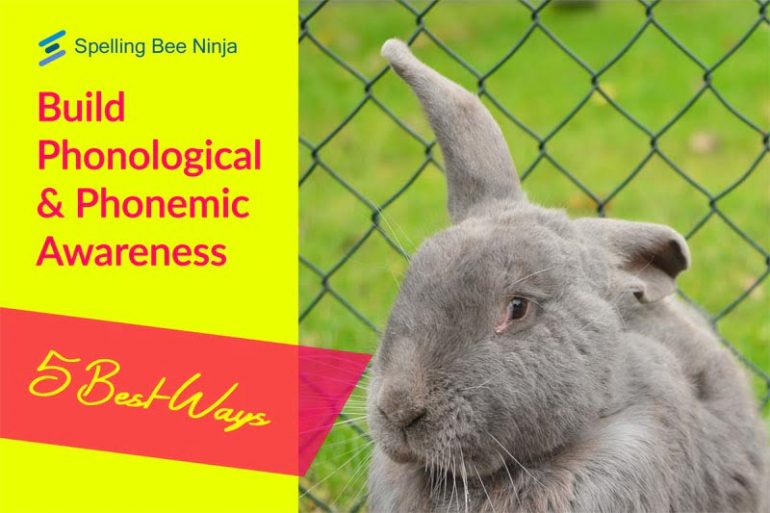The slightest sound in a word is called a phoneme. Phonemic awareness is the identification and manipulation of such individual sounds. In short words, you can say that it is the ability to hear and manipulate the sounds of the words.
Similarly, Phonological awareness is the ability of a person to recognize and manipulate the pronunciations/sounds of the spoken words – like the syllables and phrases they hear in everyday life.
As you read this article, you are either a parent or a teacher. Your kids require special attention and exercises to develop phonemic awareness. It is a steady and slow learning process. Moreover, these skills must be imparted to your students from pre-k and onwards.
We will shed some light on the top 5 methods to build Phonological & Phonemic awareness activities.
Table of Contents
1. Read to your students/kids.
Not all classrooms try to develop phonological awareness. However, it is one of the most vital parts of language learning.
What do your students love? Read their stories and other texts. Also, your reading must be evident and precise – with each syllable sounding separate.
It would be best to remember that a kid’s mind is like a clean slate. Whatever you will teach them, they will pick up like a supercomputer. However, your teaching method must be stress-free, entertaining, and valuable.
Reading aloud is the best method to build phonological and phonemic awareness in students.
2. Make learning fun
Children are carefree souls that love to have fun. Similarly, when you make learning words a fun experience for them, they will astonish you with the progress.
For instance, you can follow the beat of the rhyming words, and whenever you utter a word, you can clap along with it.
Going forward, ask your kid to clap along with you as you speak the words together.
Here is an interesting example:
Your intended word is the crocodile. Divide it into parts like cro – co – dile. These three sounds can be like a ting song with combined clappings.
3. Play Games
Another fun way to develop children’s phonemic awareness is through games – especially board games.
For instance, you include various models of items or cards in the game. Now you may roll the dice, and a card is selected.
Whichever the card is, you can break apart that card’s word and get 100% of the child’s focus towards it. Let’s say the word is the bottle.
You can break the word bottle into smaller segments and speak them aloud while moving the card/object forward.
Jumping with each sound might make it an even better learning experience.
Let your kids take a spelling test and check how they score. Our spelling test system is one of a kind – see for yourself.
4. Identification using pictures
This is one of the most valuable methods to build phonemic awareness. Also, this way of teaching does not require much effort. All you need is a good children’s book with words and their respective photos.
You can show them one by one and ask them to identify the word while looking at the pictures. While doing that, you can correct if they make any mistakes.
5. Revisions
Most English grammar words require numerous revisions. In this way, they permanently make a space in your student’s minds. Ultimately, they will remember and use those words naturally without any extra effort.
The exercises mentioned above can be repeated, and the results will surprise you.
Furthermore, revisions of any educational material are always helpful in learning more effectively.
Final Thoughts
Phonemic awareness starts a long journey towards building an excellent English base. It is present in almost all the world languages; however, the methods may differ.
Also, it would be best if you remember not to put your kids through a series of stressful phonemic exercises. An excellent piece of advice would be to make the learning process fun for your student and kids.
A youngster’s mind is like a clean hard drive, and they continuously learn when seeing, hearing, speaking, or listening. So, is your kid interested in transformers, or maybe they love superman. You can talk in the voices of their favorite superheroes or characters. Now, they will be having fun and also learning at the same time.
Also, check out our fun learning apps and tools, which can enhance your children’s learning experience exponentially.


